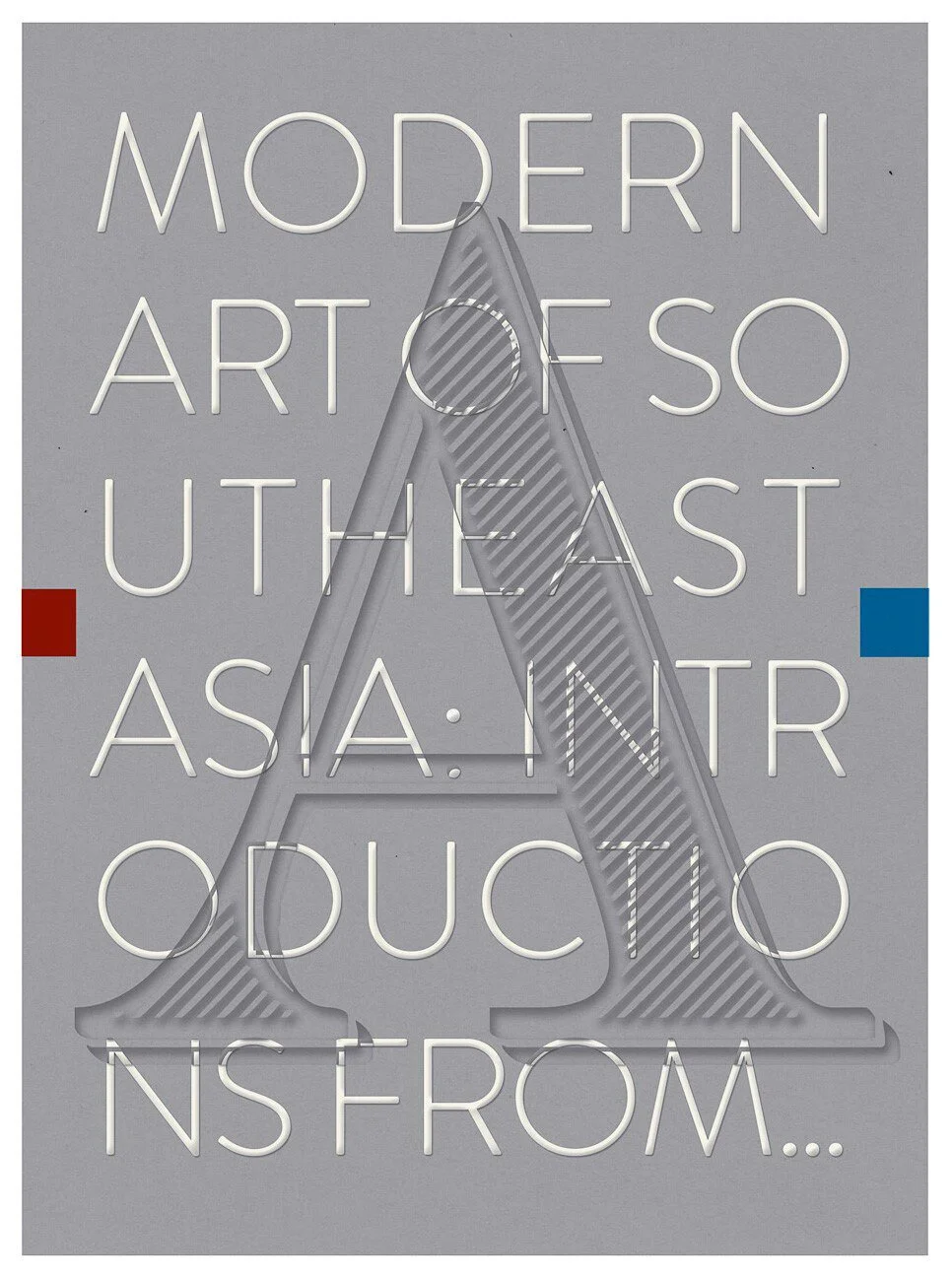The examples below are artists and artworks found from research or from our gallery. The definitions were taken from ‘Modern Art of Southeast Asia: Introductions from A to Z’ by Roger Nelson. This book introduces many of the most significant ideas and terms that have shaped the making and discussion of the modern art of Southeast Asia. It is published by National Gallery Singapore.
1. Realism
Most may know realism as a movement in which ‘subjects (are) painted from everyday life in a naturalistic manner’, where exaggeration is frowned upon. Although this movement originated in mid-19th century France, realism is not foreign to Southeast Asia. With colonisation, came the transfer of European painting techniques and the introduction of oil paint, which allowed artists to produce more lifelike artworks.
One sub-section of realism - photorealism, aims to portray a subject and scene as accurately to real-life as possible. However, realism does not have to be a wholly accurate diagram of real life. Many Filipino realist artists did not depict historical events literally, nor did they gather families in the configurations in the paintings - it is simply a manipulation of reality in a convincing manner.
2. Abstraction
Unlike realism, abstraction does not attempt to depict a subject realistically. Modern abstract art in Southeast Asia came into emergence in the 20th century. From there, abstract art would be commonly used to depict nature.
Artists would sometimes use bold abstract shapes that fade into the background to encapsulate the changing of the seasons. Other times, artists may use more broad strokes to capture the liveliness of spring or more muted colours for a cold, desolate winter.
Another common subject to be captured by abstract art was urbanisation. Bright, loud colours were frequently used with bold geometric shapes (representing buildings) to convey the ‘density, dynamism, dizzying energy, and perhaps also claustrophobic pressure’ of a cityscape.
3. Social Realism
More of a sub-section of realism, social realism has very specific intentions the artist must share. Social realism aims ‘to depict the often harsh realities of quotidian life for working people’. This often puts the working class, their struggle and living conditions in the foreground. Common characteristics of social realism include strong use of contrast, heavy shading and dull, muted colours to convey a somber atmosphere. The artist will often focus on the dishevelled clothing or the weary expression on the workers.
4. Conceptual
Conceptual art is, in some ways, distantly related to abstract art. In conceptual art, the most important part of the artwork is the ‘artist’s idea… more than technical skill, aesthetic appearance, or emotional engagement’. As a result, this form of art often ‘requires a statement in order to communicate efficiently’. Some artists would even integrate text into their artworks, ‘to emphasise the value of the ideas behind them’.
Kray Chen is a local conceptual artist who works mostly in video format to convey his experiences. In I’m a Steamroller Baby, Chen taps into his own experiences trying to lose weight in the army, to become a ‘normal’ size, and the constant comparison between him and his fellow soldiers. By editing the rhythm of his footsteps, he shows how this insistence on losing weight is so disjointed from reality.
5. Medium
An artwork’s medium refers to ‘the general format of an artwork’. This can include: oil on canvas, acrylic on board, etc. but, in essence, mediums help us categorise art. This has created a hierarchy, where some mediums are deemed to be more valuable than others. This categorisation has also limited discussions around visual art pieces, where ‘painting is often discussed… in relation to other painting… (so) it is less common for paintings and visual art to be seen or discussed in relation to music, dance, architecture, (etc)’. However, some contemporary artists have tried to change this hierarchy by using mixed media and new materials unique to Southeast Asia, like woven rattan. ‘Focusing less on one specific medium, and instead examining transmedia exchanges, may reveal that meaning in art is produced through a complex and dynamic network of interaction.’
Roger Nelson is an art historian interested in the modern and contemporary art of Southeast Asia, and a curator at National Gallery Singapore. Roger Nelson’s research is on modern and contemporary art in Southeast Asia, with a particular focus on trans-media intersections between visual and other forms of art, as well as with urban spaces and other texts.
This book is available for borrowing at NLB and can be purchased from National Gallery Singapore or on Amazon.







